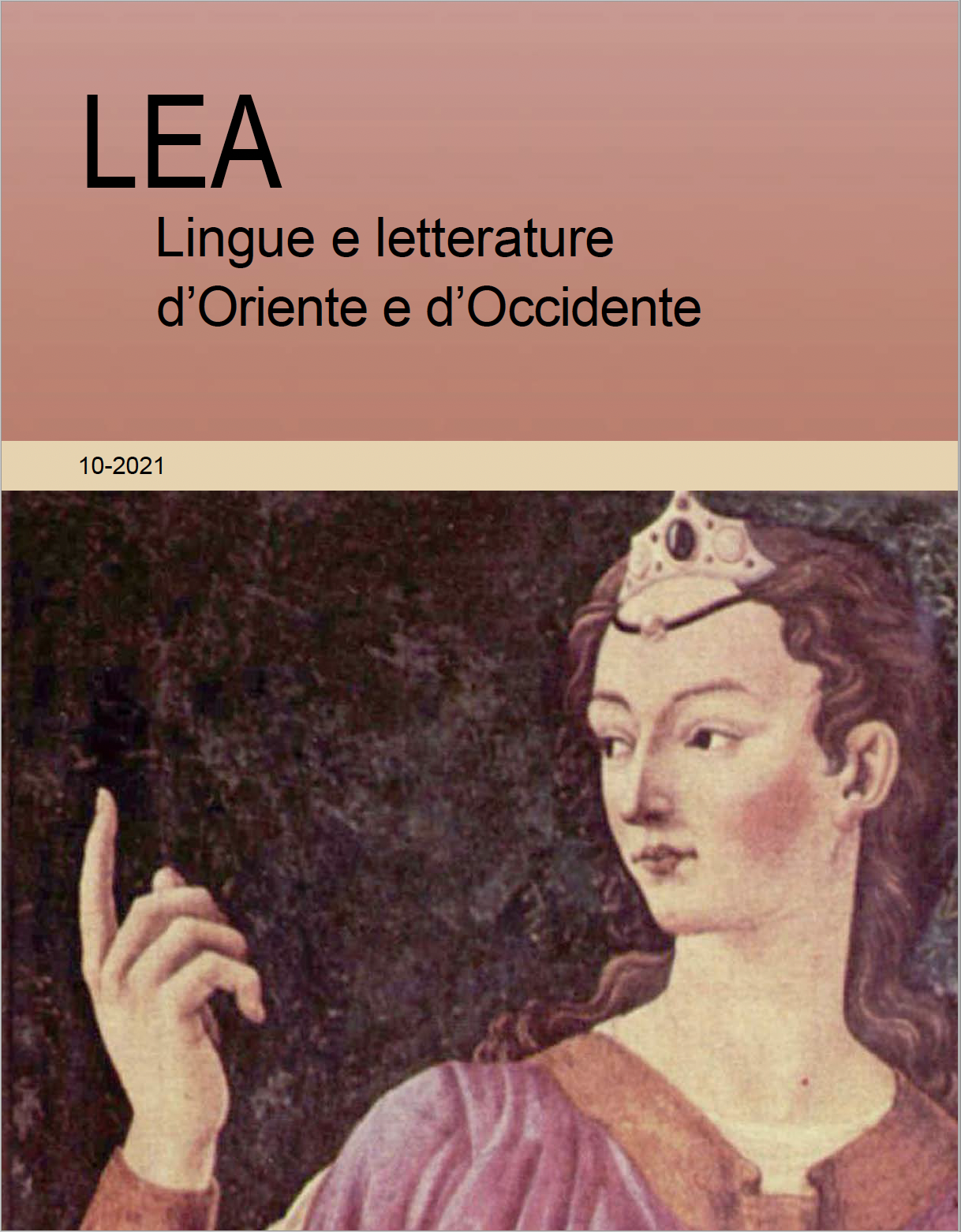Abstract
Over the centuries, not only have culture and contagion been metaphorically related and in certain contexts even used interchangeably to connote exchange, communication and contact, but theories of transmission, contamination and contagion have been variously concerned with boundary-crossings, as well as with spatial, temporal and cognitive routes of passage across both the inside and the outside. Annika Mann’s compelling book Reading Contagion: The Hazards of Reading in the Age of Print offers a timely historical intervention into long-standing scholarly debates about contagion as a bodily phenomenon and concept metaphor. Matthew Newsom Kerr’s monumental Contagion, Isolation, and Biopolitics in Victorian London convincingly demonstrates that contagion, in a manner that may differ from culture to culture, also affects how space itself – both domestic and public, inner and outer – is experienced and points to a growing concern for the governance and surveillance of individual bodies in different contexts.



